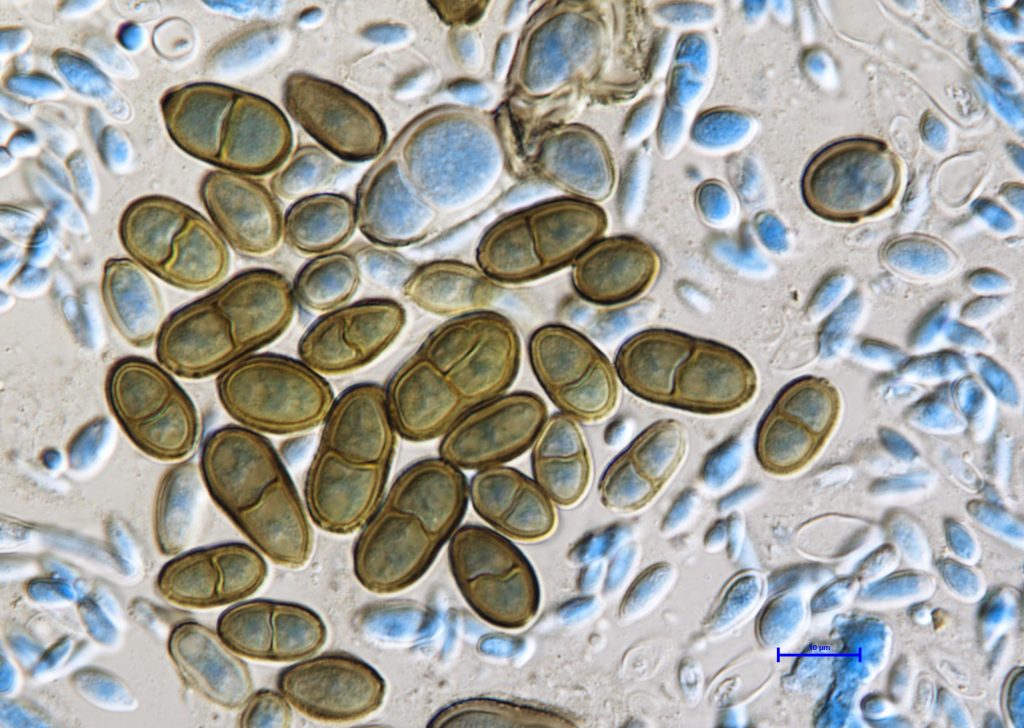
July 26, 2024


Within the New European Bauhaus, the European Commission has connected with organizations devoted to a sustainable and inclusive future that will inspire new developments in the European Union. InnoRenew CoE is the only Slovenian representative to become one of the New European Bauhaus’s key partners, representing and facilitating connection of the Slovenian wood industry on the European level – making sure its voice is heard at the top tier of the European Union.
Ursula von der Leyen, European Commission president, launched the NextGenerationEU recovery instrument and introduced one of its key creative and interdisciplinary initiatives — New European Bauhaus — which aims to connect all Europeans and invites them to co-create a future way of living. New European Bauhaus incorporates goals of the European Green Deal, art, culture, technology and science to create the sustainable, inclusive and beautiful built environments of the future.
“I want NextGenerationEU to kickstart a European renovation wave and make our Union a leader in the circular economy,” President von der Leyen said in her first State of the Union address to the European Parliament. “Our buildings generate 40% of our emissions. They need to become less wasteful, less expensive and more sustainable. And we know that the construction sector can even be turned from a carbon source into a carbon sink, if organic building materials like wood and smart technologies like AI are applied.”
As part of the New European Bauhaus initiative, the European Commission recognized InnoRenew CoE’s new building as such an example. Currently under construction in Izola, Slovenia, it will be the largest wooden building in Slovenia once completed. Built according to sustainable construction principles, it is shaped in a way that improves the user experience and is an example for the use of alternative building resources that respect the environment and promote organic materials (such as wood) within the built environment. The building aims to reach the European Green Deal goal of lowering emissions 55% by 2030.
Dr Andreja Kutnar, InnoRenew CoE’s director, is convinced that the common fight against climate change can succeed with an increased use of wood, which will also bring sustainable solutions into the built environment.
“I am convinced building with timber is the best way to sustainably transform the built environment,” Dr Kutnar said. “Timber solutions are cost competitive and bring aesthetic and health benefits to buildings.”
She also highlighted that an important aspect of the New European Bauhaus is to find solutions for the greater use of wood in new construction and renovation with cooperation and collaboration from different stakeholders — from industry, research, policy- and decision-makers to the general public.
“At InnoRenew CoE, we will continue to strive to develop innovative solutions together with industry and other relevant actors enabling the use of wood in applications that are today still not used,” Dr Kutnar added.
As an institute focused on interdisciplinary research regarding renewable materials and the sustainable built environment, InnoRenew CoE is both a New European Bauhaus partner and active participant in the initiative’s co-design phase and has submitted several examples of the institute’s activities that reflect New European Bauhaus principles.
Along with her colleagues, Dr Kutnar emphasizes that InnoRenew CoE’s inclusion in the New European Bauhaus is not only a great recognition of the institute’s excellent work but also an exceptional opportunity for Slovenian wood and related industries as well as research and innovation institutions to collaborate with InnoRenew CoE to become important actors in the EU’s transformation into a sustainable society based on circular economy principals and the use of natural, renewable materials. To that end, InnoRenew CoE invites all sustainability-inclined individuals and organizations to join them along that creative path to help co-create the future of the EU.